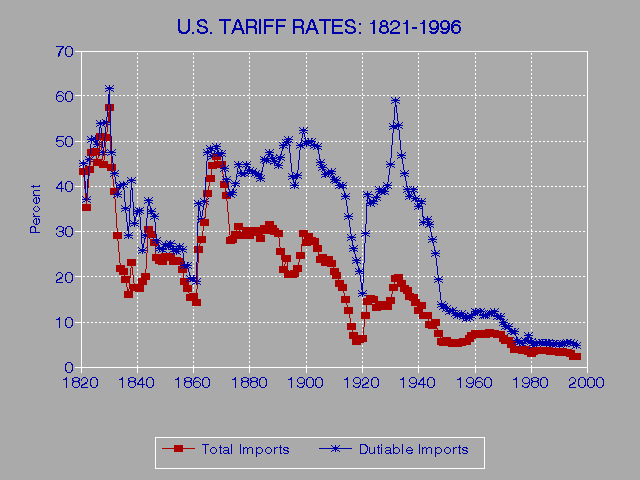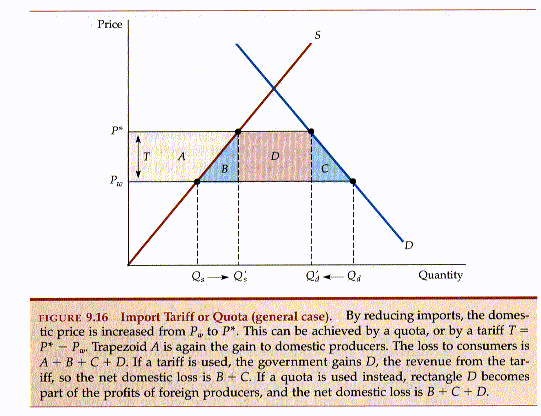What are the most important parts of fancier brewing system? Well I guess the next step is to get some actual experience doing all grain brewing, to learn what would be good. Meanwhile I'm thinking about how to make it work well and be slick. By slick I mean visually appealing (steampunk German submarine is the look, I think) smooth to use & easy to clean. I've been looking online, but I'm not sure about the canonical 3-keg approach. It still seems too complex and gadgety to me. Also overkill. With a 5 gal bucket I can make more beer than I can ever drink, so a certain amount of minimalism appeals to me.
So, what's really needed? Here goes, in the order they're needed.
- Mash Tun: I really like the idea of using a drink cooler for a mash tun. All the big boys have fancy temperature control with burners and commensurately necessary recirc pumps. But a cooler holds the temp really well without supervision or gizmos! What the heck do I want a fancy contraption for? Well, one answer is that calculating the necessary water infusions to hit your desired temperatures is tricky. OTOH, plumbing frightens me, but calculations, not so much: so I vote for the system with less pipes and maintenance. Maybe I'll get the 10gal version, depending on how tricky the sparging is with the smaller one.
- Gravity gauge and thermometer. These are needed at the mash stage, so I list them here.
- Pump? I'd like to keep everything gravity fed. I think we can get away with no pumps here, as long as the kettle's mounted high enough to drain into a mash tun or fermentor that's sitting on the ground. (For 15 gal equipment, lifting the weight would start to become a problem.) As mentioned above, using a big steel pot that requires heat and recirculation really drives the need for a pump. With the insulated Tun, we can eschew the pump.
- Next, the brew kettle. Ok you need that. Why, though, do there have to be two of these? Why not instead use one pot to heat the mashing water, and that same pot to boil the wort? Ok, you'll need a bucket to hold some water for an intermediate moment. Duh. My outdoor grill has a burner, but it can barely achieve a boil: in the winter it'll be tough. I wrapped Al foil around mine so it doesn't lose so much heat to the environment. I think this is a piece of equipment to spend a little more on, most importantly a drain valve, so you don't have to siphon. I've bought this now and like it. I'll add that the spigot's got an internal filter as well, which prevents hops & other debris from plugging the (below described) chiller: very key. One trouble with it, the mesh is fine enough that it traps air! Siphoning type problems recur when you can't get air out. I think bending it upwards may fix that.
- Spoon marked in gallons for the brew kettle. This is a great piece of simple technology. The kettle's got fittings and filters that make it nonlinear, too. Another thing for the boil phase is a fine screened strainer, if you want to remove sediment before encanting (?? what word do I want here, for going into the fermenter?)
- Classic wort chiller? Nothing wrong with that concept. However, as soon as the kettle's got a valve, I like Bobby's plans for a counterflow chiller of a garden hose wrapped around a copper pipe though. That seems easy to clean and use. Ok update: I got the materials to make it. So hopefully ...yep, it's operational! It's more important with all grain brewing because it's a big boil, and you can't dilute the hot wort later with cold water so some kind of chiller is really mandatory. Note: oxygenation will be MORE important, 'cause it will all have been boiled. Yet another update, I no longer like the counterflow chiller. Makes sense in continuous circulation systems with pumps, but when gravity feed from my kettle (with a pretty fine screen filter) gets very low flow and is susceptible to leaks breaking the pressure head. An ordinary immersion wort chiller just made from a piece of copper pipe doesn't have that problem.
- Fermentor. Well, you certainly need that, with an airlock. Seems to me that except that it doesn't come apart for cleaning very well,a big carboy is an excellent fermentor. I'll stick with that for the near term. It's worth noting that a 5gal "flow rate" through the brewery (tun, boil, ferment, secondary, bottle) seems like plenty. Doing that on 2 week centers paced by the fermentation is producing a beer flow I probably can't keep up with, and doesn't mandate a huge equipment inventory. Keeping the weight to man-handleable limits will simplify things, too. A thing about the airlock, in the first days so much scum may come out that just a hose plumbed to a water trap is the way to go.
- Secondary Fermentor. I'll say yes. I'm a fan because I can make more beer that way. Otherwise the fermentor really controls the pace of the brewery. Less particulates in the beer, too, and some say the primary can damage the flavor after a while. I've heard a lot about oxidizing the beer lately, so plan to use a few dry ice chips to seal O2 away from the beer during the transfer.
- Some bottling accessories include... High pressure bottle washer (thanks, Jm!) long straight plastic extension with a clip to hold the siphon in place, pressure activated filling valve, capper.
- CO2 and fermentor caps. These caps have dual "udders" on top of them and that makes a possibility of a pressure assisted siphon. I do this to move beer from fermenter to secondary, with a pingpong ball's worth of dry ice in each jug, the secondary vented and the fermenter pressurized. This starts and aids the siphon.
- Fermentor carrier: I've dropped mine once. Sheesh, for a couple bucks, this is a must have.







